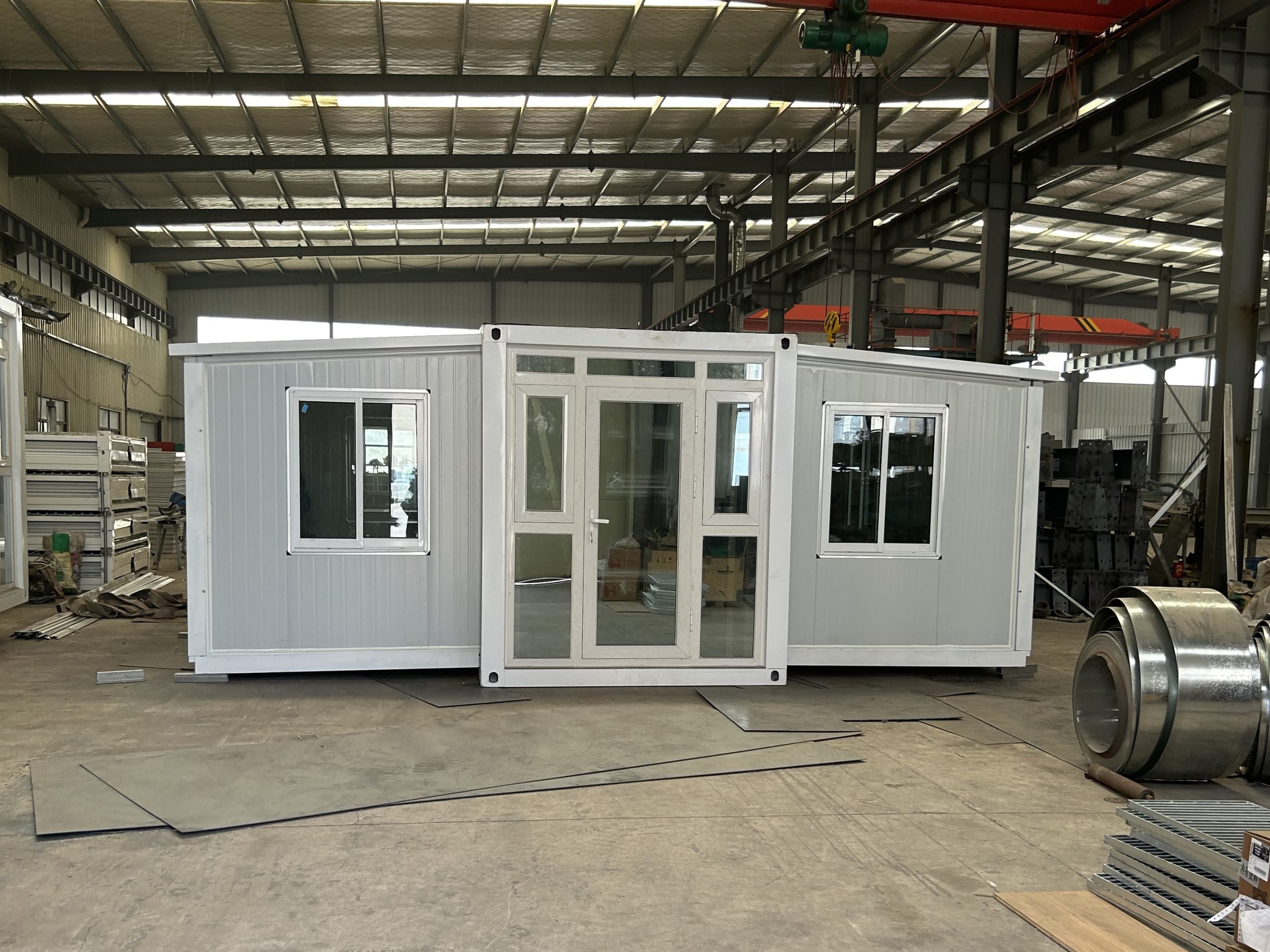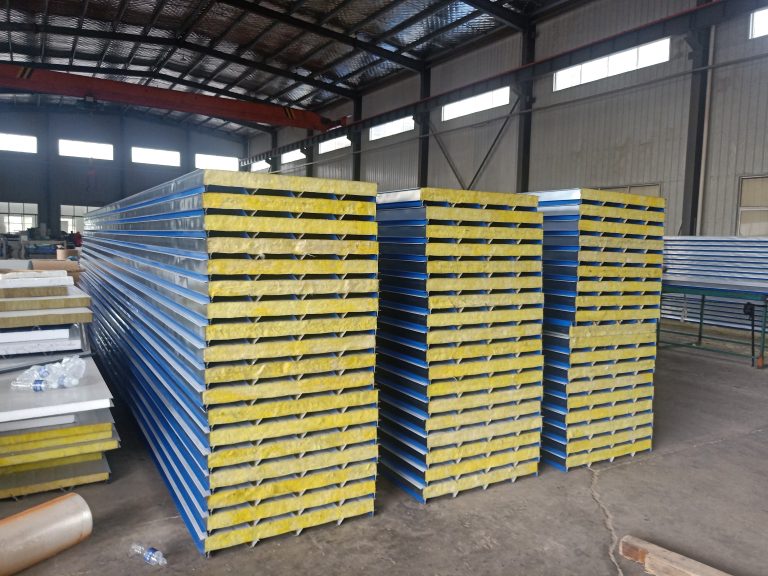Table of Contents
Creative Ways to Use Recycled Materials for Interior Wall Treatments in Container Houses
Container houses have become increasingly popular in recent years due to their affordability, sustainability, and versatility. One of the key aspects of designing a container house is the interior wall treatment. While traditional drywall is a common choice, there are many creative ways to use recycled materials for interior wall treatments in container houses.
One of the most popular options for interior wall treatments in container houses is reclaimed wood. Reclaimed wood adds warmth and character to a space, and can be used in a variety of ways. From accent walls to ceiling beams, reclaimed wood can be a versatile and sustainable option for interior wall treatments. Additionally, using reclaimed wood helps to reduce the demand for new lumber, which can help to conserve natural resources.
Another creative option for interior wall treatments in container houses is recycled metal. Metal can be used in a variety of ways, from corrugated metal panels to metal tiles. Metal adds an industrial and modern touch to a space, and can be a durable and low-maintenance option for interior wall treatments. Additionally, using recycled metal helps to reduce the energy and resources required to produce new metal materials.
For a more unique and artistic interior wall treatment, consider using recycled glass. Recycled glass can be used in a variety of ways, from mosaic tiles to glass panels. Glass adds a touch of elegance and sophistication to a space, and can be a sustainable option for interior wall treatments. Additionally, using recycled glass helps to reduce the amount of glass waste that ends up in landfills.
If you’re looking for a more rustic and natural interior wall treatment, consider using recycled brick or stone. Brick and stone add texture and depth to a space, and can be used in a variety of ways, from accent walls to fireplace surrounds. Using recycled brick or stone helps to give a space a timeless and classic look, while also reducing the demand for new masonry materials.

In addition to these creative options, there are many other recycled materials that can be used for interior wall treatments in container houses. From recycled plastic to recycled paper, the possibilities are endless. By using recycled materials for interior wall treatments, you can create a unique and sustainable space that reflects your personal style and values.
In conclusion, interior wall treatments play a crucial role in the design of container houses. By using recycled materials for interior wall treatments, you can create a sustainable and stylish space that is both environmentally friendly and visually appealing. Whether you choose reclaimed wood, recycled metal, recycled glass, or another recycled material, the key is to think creatively and outside the box. With a little imagination and ingenuity, you can transform your container house into a one-of-a-kind home that is as unique as you are.
How to Incorporate Vertical Gardens and Living Walls into the Design of Container House Interiors
Container houses have gained popularity in recent years due to their affordability, sustainability, and versatility. One of the key aspects of designing a container house is the interior wall treatment. While traditional homes may have drywall or wallpaper, container houses offer a unique opportunity to incorporate vertical gardens and living walls into the design.
Vertical gardens are a great way to bring nature indoors and add a touch of greenery to your living space. They can be easily incorporated into the design of container house interiors by using a variety of materials such as pallets, wire mesh, or even repurposed gutters. These vertical gardens can be filled with a variety of plants, from herbs and succulents to flowers and ferns, depending on your personal preference and the amount of natural light available in your space.
Living walls, on the other hand, are a more permanent and structured way to incorporate greenery into your interior design. These walls are typically made up of a series of planters or pockets that are attached to a frame and filled with soil and plants. Living walls can be customized to fit any space and can be designed to complement the overall aesthetic of your container house.
When incorporating vertical gardens and living walls into the design of your container house interior, it is important to consider the amount of natural light available in your space. Most plants require a certain amount of sunlight to thrive, so be sure to place your vertical garden or living wall in a location that receives adequate light throughout the day. Additionally, consider the type of plants you want to include in your design and choose ones that are well-suited to the amount of light available in your space.
In addition to adding a touch of nature to your interior design, vertical gardens and living walls can also help improve air quality and reduce stress levels. Plants are known to purify the air by removing toxins and releasing oxygen, creating a healthier indoor environment for you and your family. In addition, the presence of greenery has been shown to have a calming effect on people, reducing stress and promoting a sense of well-being.
When designing your container house interior with vertical gardens and living walls, be sure to consider the overall aesthetic of your space. Choose plants and materials that complement the style of your home and create a cohesive look throughout. Consider incorporating other elements such as natural wood accents, earthy tones, and organic textures to enhance the natural feel of your interior design.
In conclusion, vertical gardens and living walls are a creative and sustainable way to incorporate greenery into the design of container house interiors. By carefully selecting plants and materials that complement your space and considering factors such as natural light and air quality, you can create a beautiful and functional living environment that promotes health and well-being. So why not bring a touch of nature indoors and transform your container house into a green oasis?






